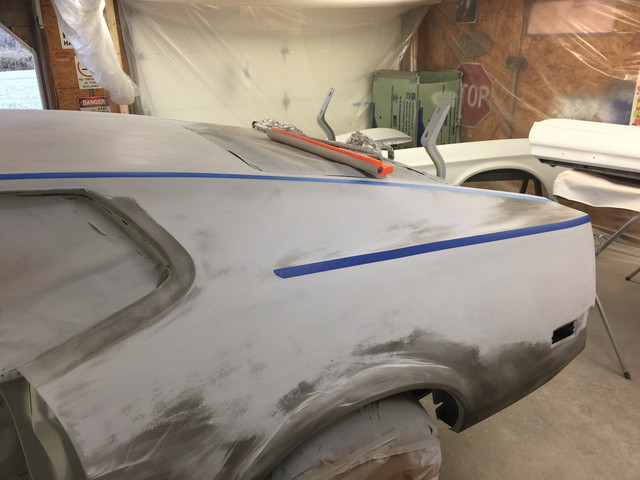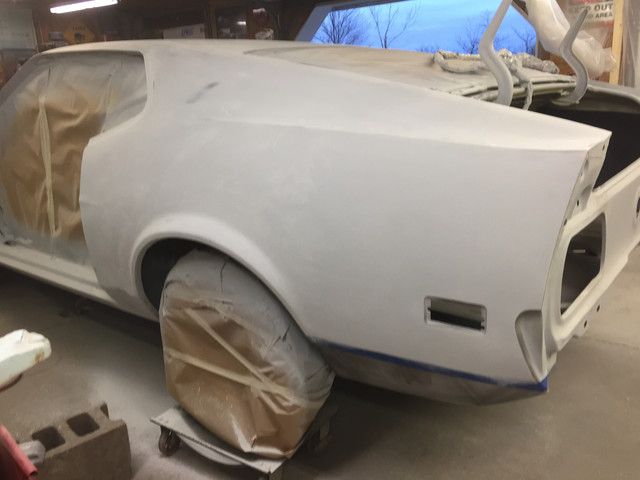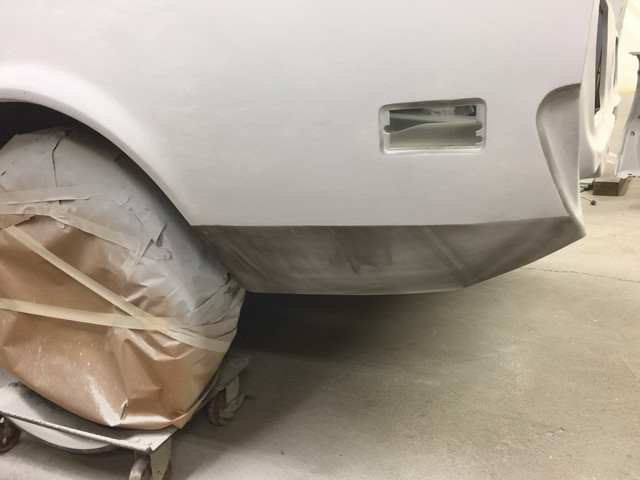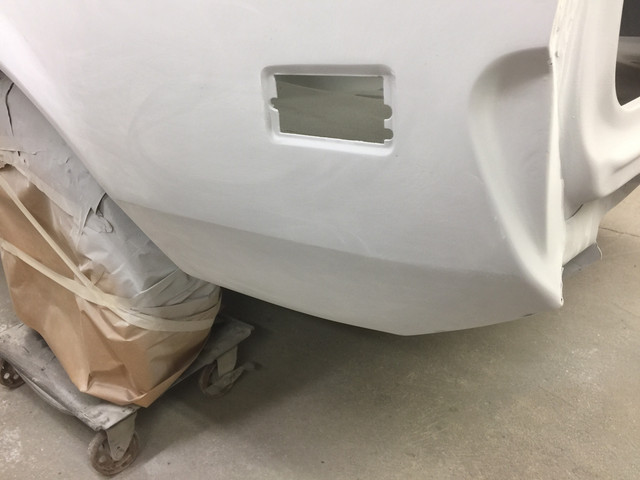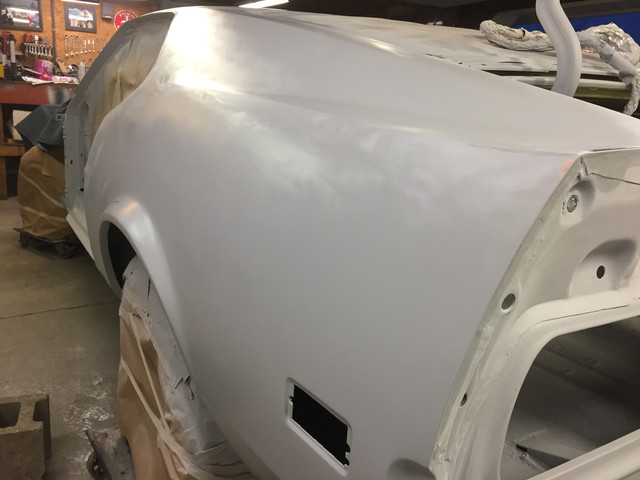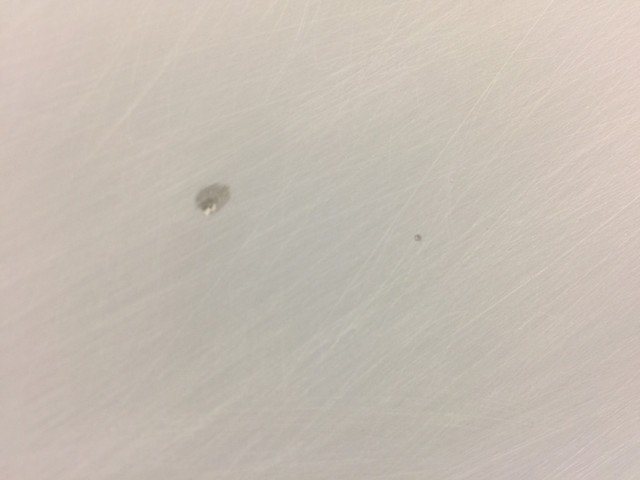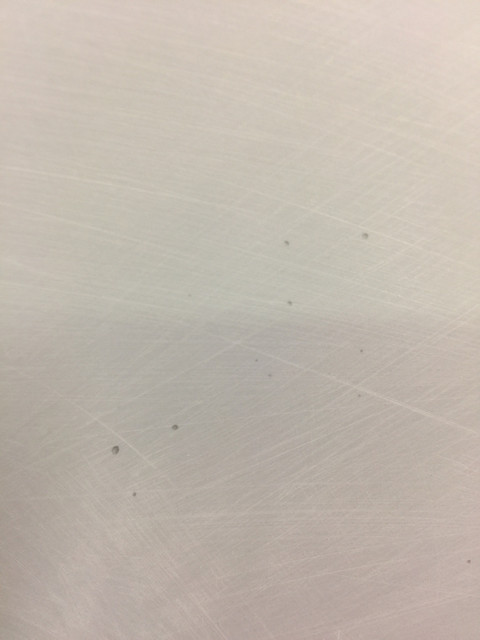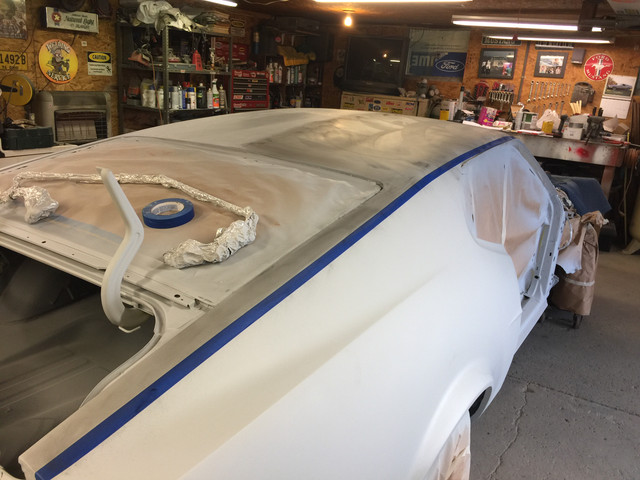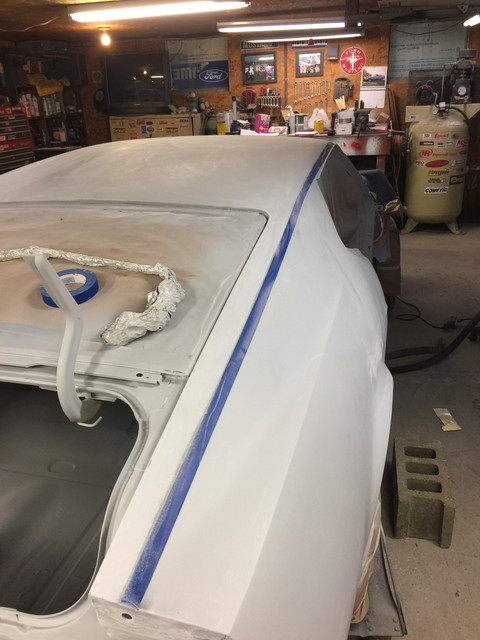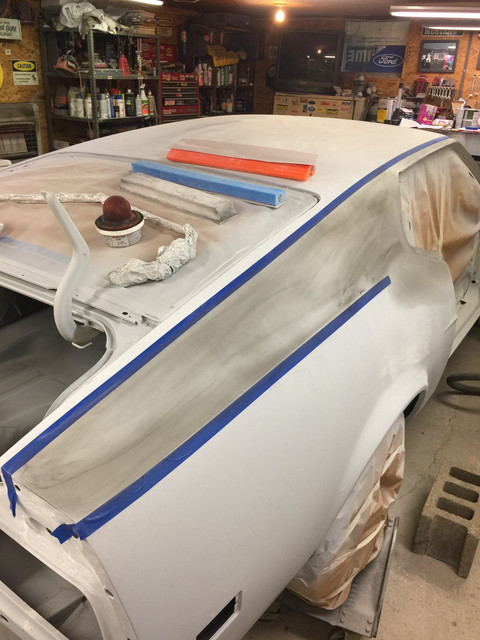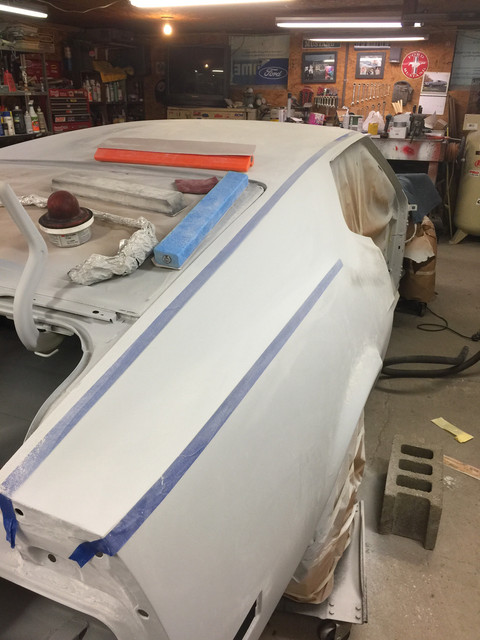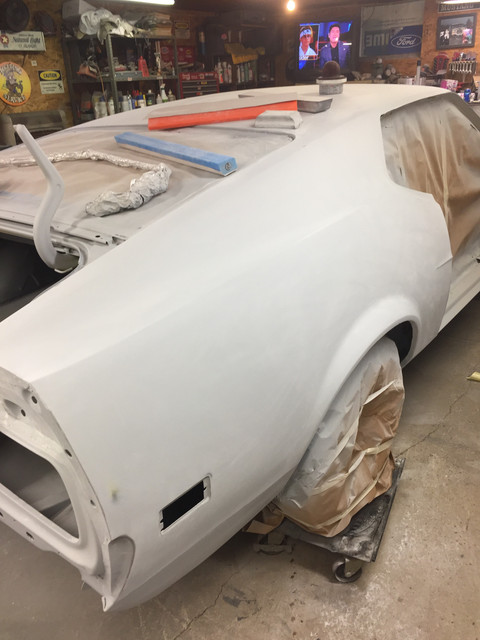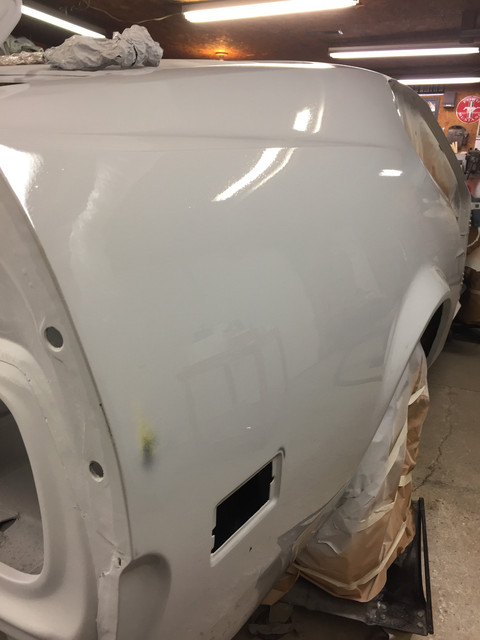Anyone besides me a bit overwhelmed here?

Greg, I for one would love to hear your basics of hand sanding...
Bodywork/paint is one of those things that if you ask 10 different people that have tons of experience and have produced killer jobs you get 10 different answers. I've tried duplicating some of these things down to the letter, even the same color of the same paint... and not gotten the same results. I've also done things that people have said will never work and they worked fine (for what it's worth I'm a home gamer with a lot of experience... not a pro at all but I've produced some nice results where pros have failed).
I think a couple of things result in these differences:
- People using different products (and what is available, formulations, thicknesses, solvents used... tend to be regional, the same stuff sold in different parts of the US sometimes seems to be different, I worry about this with some of your advice Greg, since you're in Australia). A couple of weekends ago I was helping a friend with some bodywork and ran into the 80grit that he had wouldn't cut his old paint as well as the 120 that he had from another brand. Turned out that even brand new the 80 grit wouldn't cut anything, it was really weird, it was like trying to sand through old paint with 400 grit.
- Different techniques, sometimes not even what they actually do, but just some fine details about how they do something. With that same friend I gave him details what to get and what to do and watched him do some of what I suggested and realized that I had to show him how to do what I told him to do to get the results I was expecting. In some cases it was something like how to hold the sander...
- Finally, it seems like the products change every few years (this might fit in under the first category), like if I told you what I did as a teen ager in Buffalo fixing up the families rotted out cars every spring, well that was the 80's, lacquer everything even one part laquer based spot putty, in the 90's in college I did a major re-do on my project car which suddenly a lot of the lacquer was gone and everyone was about isocyanate and phosphoric acid based etching primers (and this was before there was much worry about protective equipment, I sprayed the stuff in the driveway without a mask :-/ )
Anyway, I was always under the impression that the correct way:
- bodywork
- dtm primer (etching, epoxy...)
- primer surfacer (sounds like the UPOL stuff covers both primers), glaze in any bad spots that turn up
- a lot of sanding, depending on how rough the bodywork is and how thick the surfacer is starting at between 180-240 and working up to 320 and 400. With the 400 I always got "it's better to wet sand it but if you're doing a lot of wet sanding it can absorb into the bodywork/primer and cause problems." I've heard a lot of "don't go past 400, you won't see it in the finished job and some products will not stick well to something sanded past 400." Honestly I've only went past 400 a few times (in cases of trying to blend something together or do something that I shouldn't be doing anyway), but my experience is that every time I've gone past 400 I've caused problems- I've caused waves where there weren't any and had stuff flake off... It could have been dozens of things but I'm freaked out by going past 400.
- sealer- seems like people don't talk about this much, it used to be considered an essential step to make sure everything in the under coats stayed in the undercoats. It sounds like the UPOL stuff does this to? I will admit at times for me this meant whatever primer I had left over I put a thin coat of over everything. Usually here it was either "recoat in the recoat window or wait till it cures and scuff it" and then with some products it turned into "if you scuff it the paint will come off, it won't work"
- top coats
Have I ever done all this? Well not really. I think every time I've had something come up, I thought I was done and found a bad spot, the process got pre-empted by weather (if working in the driveway) and I had to improvise to protect my work. But usually, to be honest it would be that something wasn't quite working out the way it was supposed to and I had to figure something out to make it work, typically it was because of mixing products or doing something outside of manufacturer's recommendations, but not always, often it was that something just didn't work the way it was suppose to.
Anyway, I'm on the edge of my seat... I have a "new" (to me) door to put on my project and I was about to start doing some light bodywork to it and then paint it before putting it on the car... I haven't decided what I'm using for primer/paint... yet.
-
